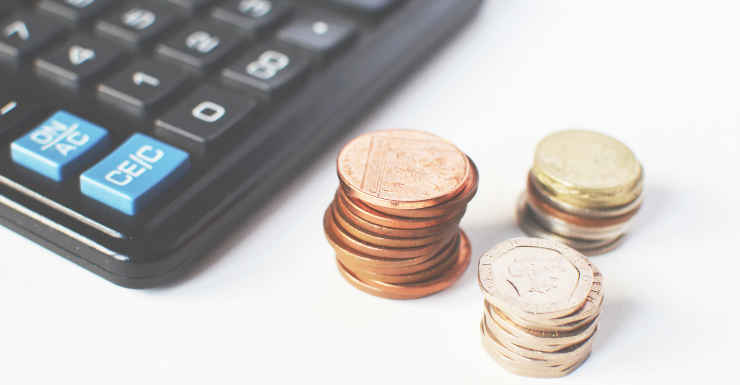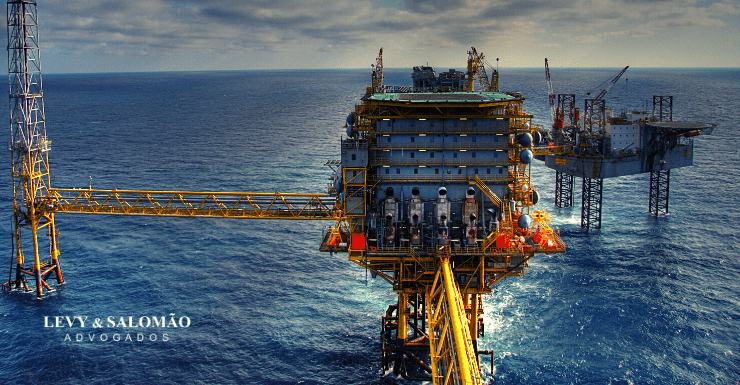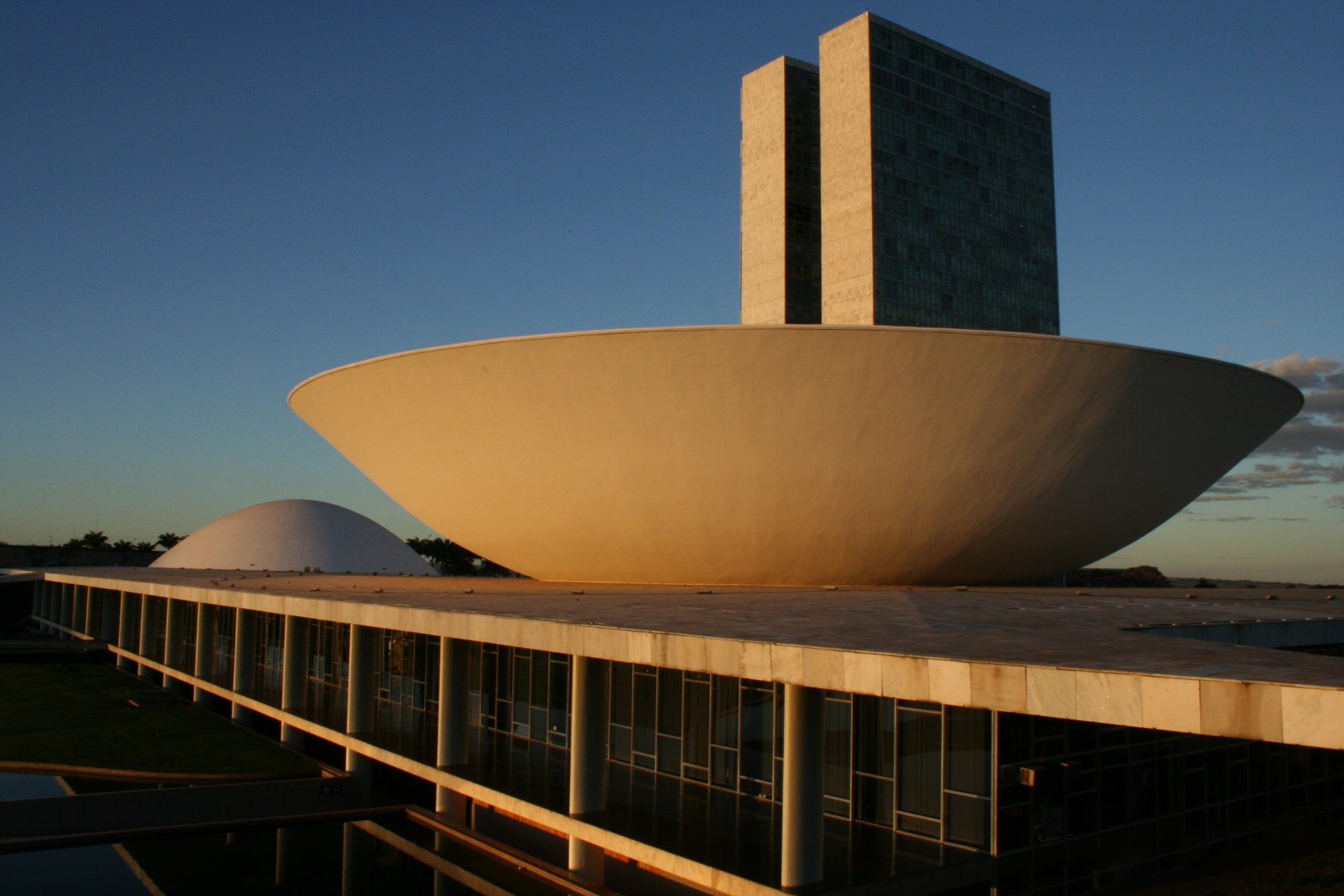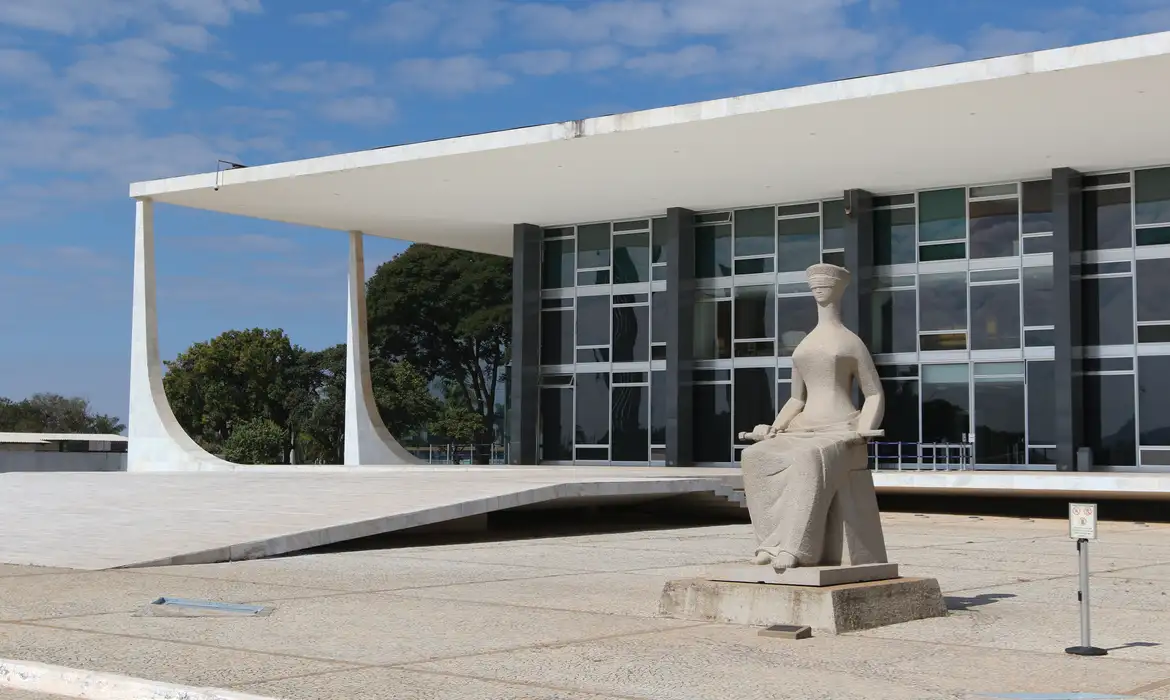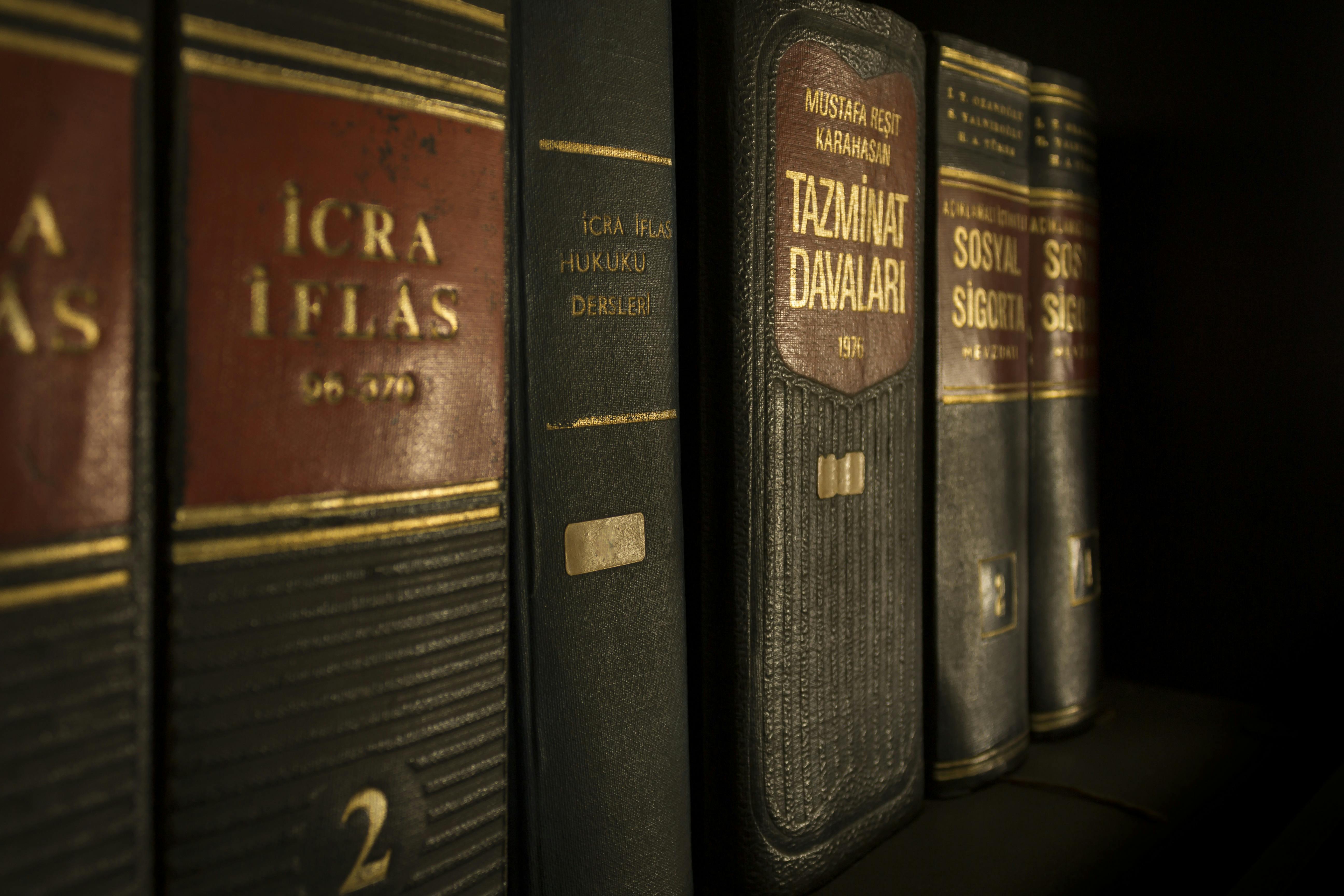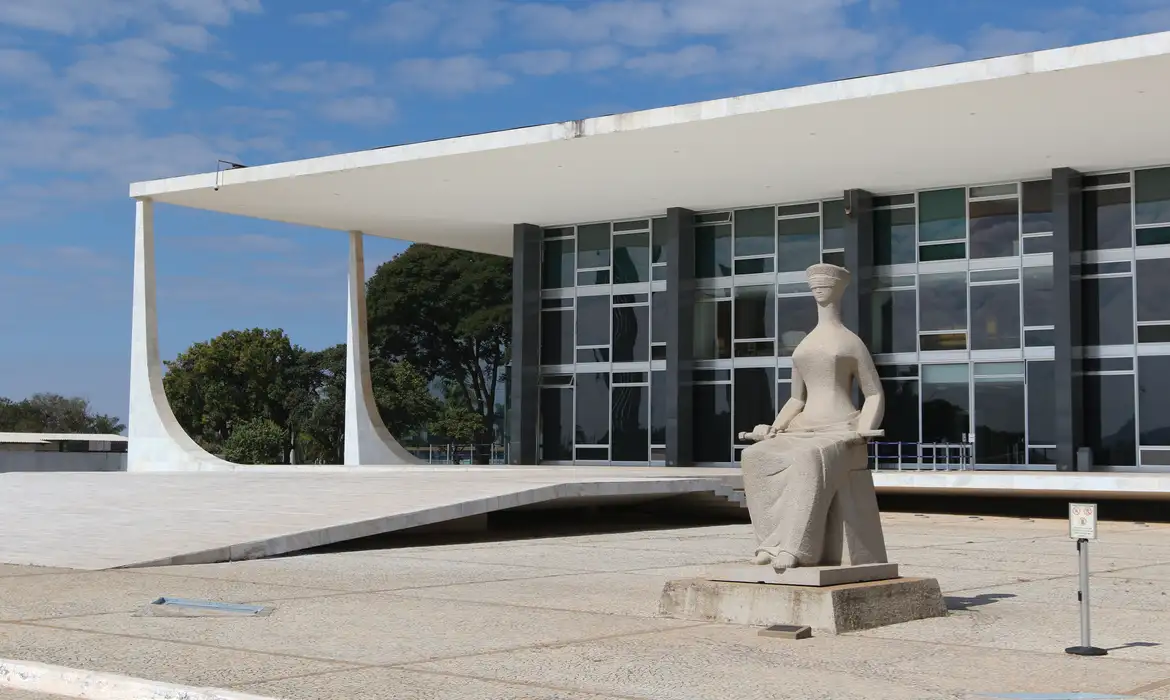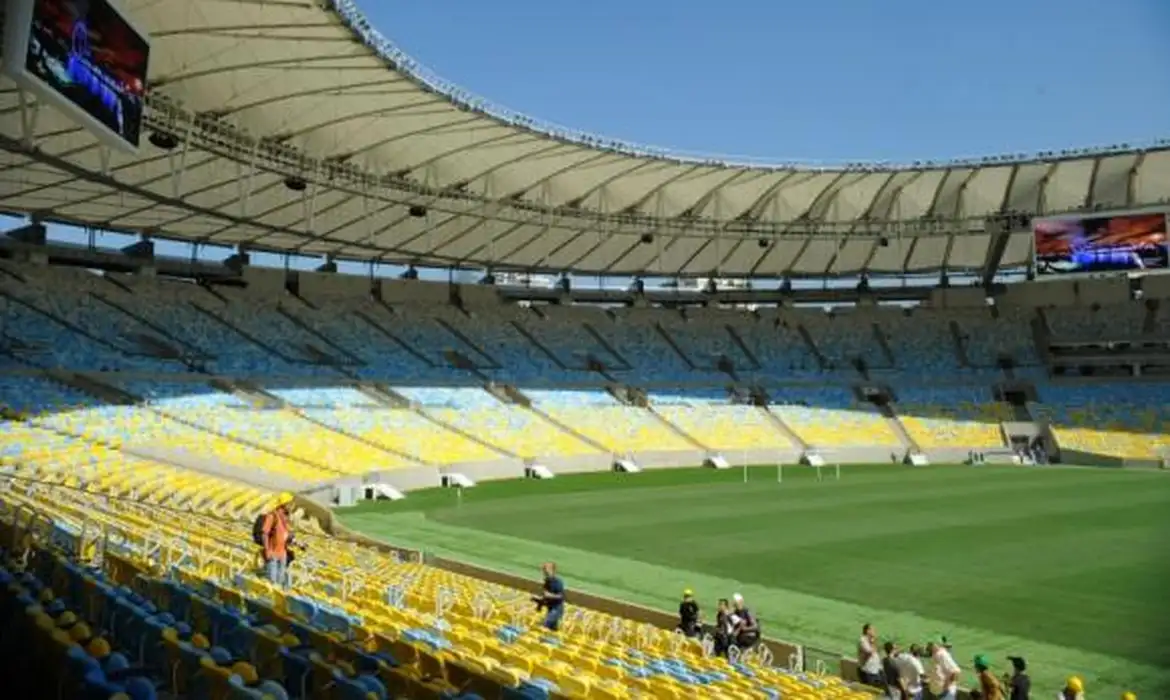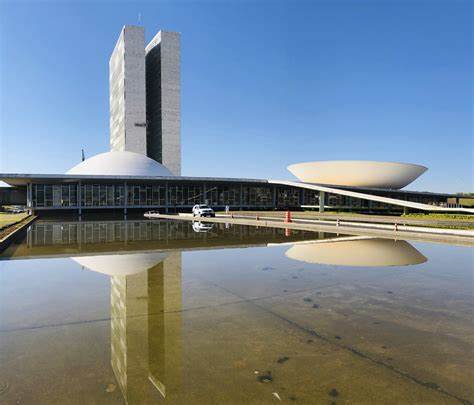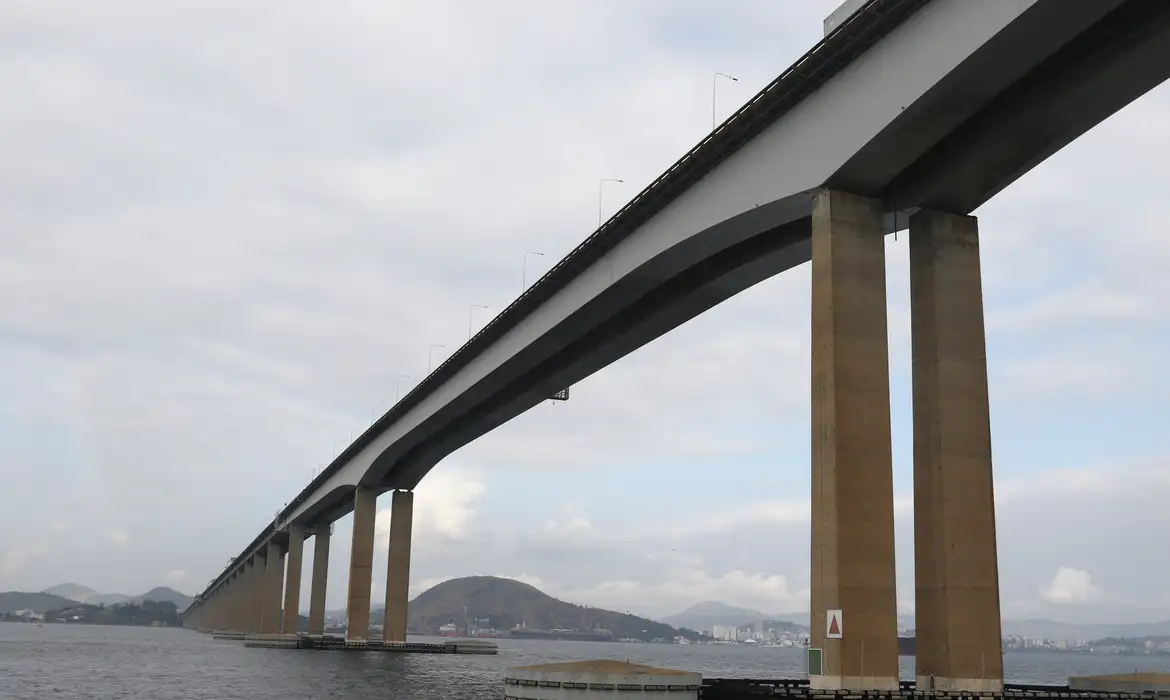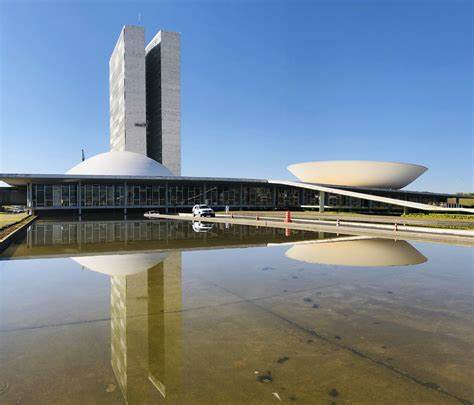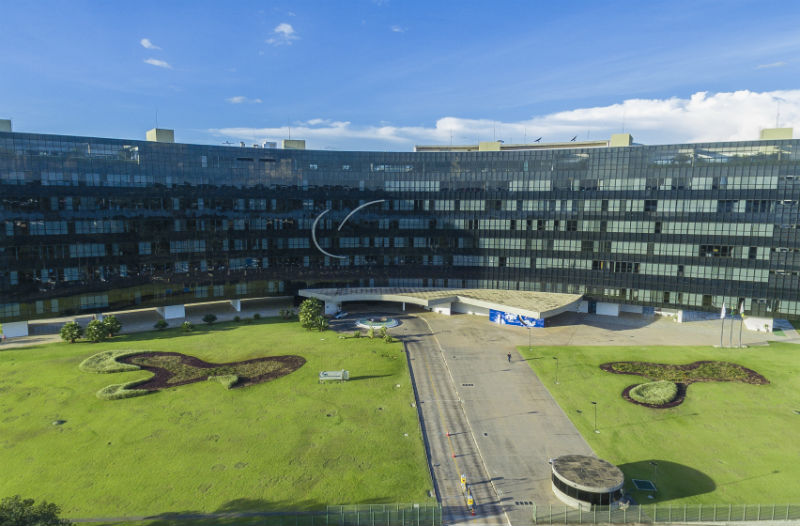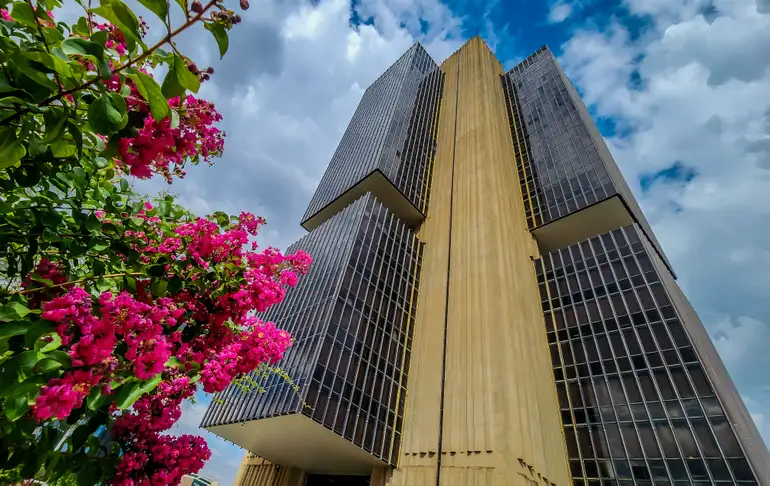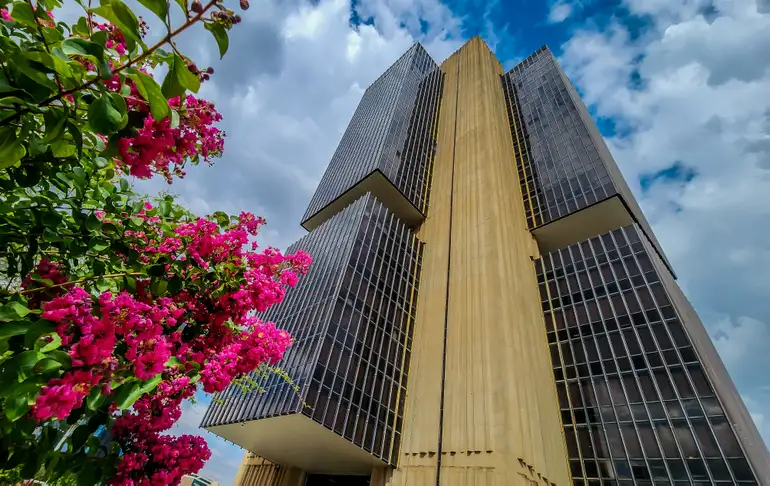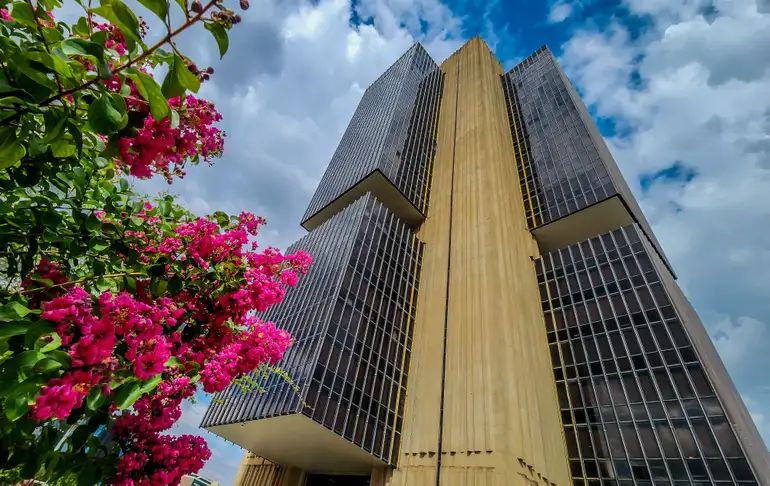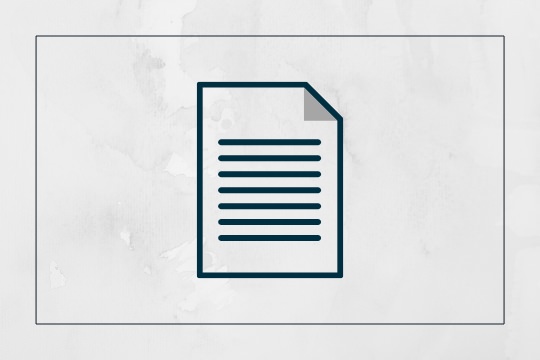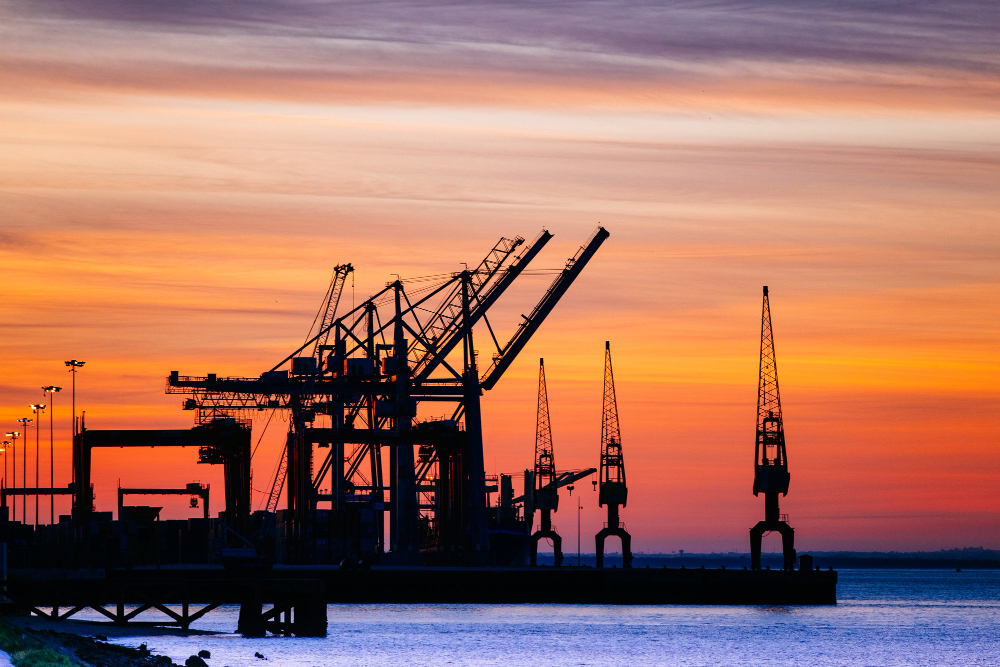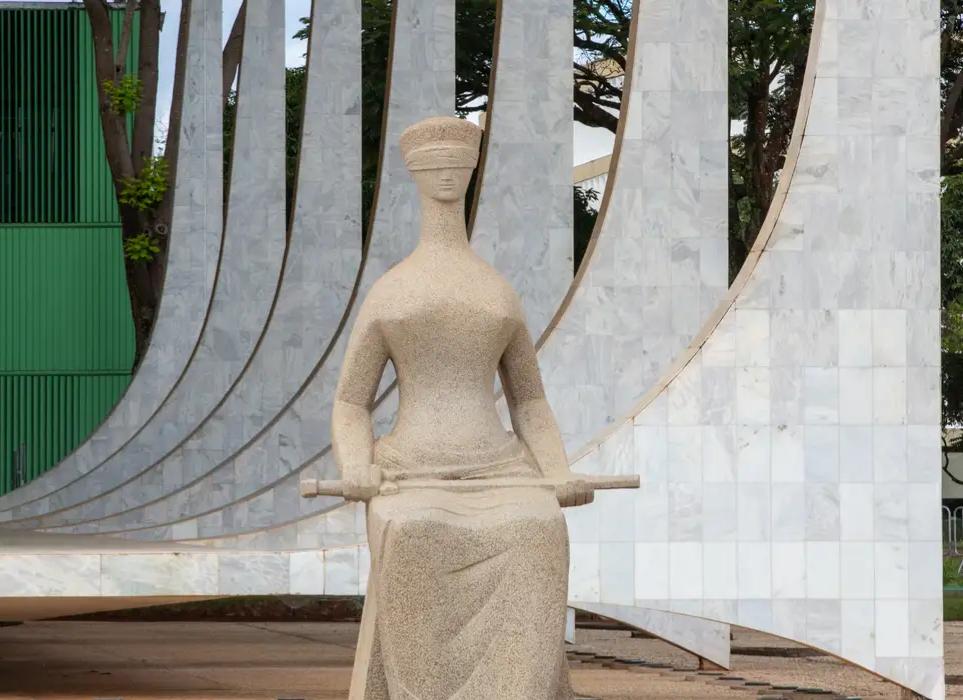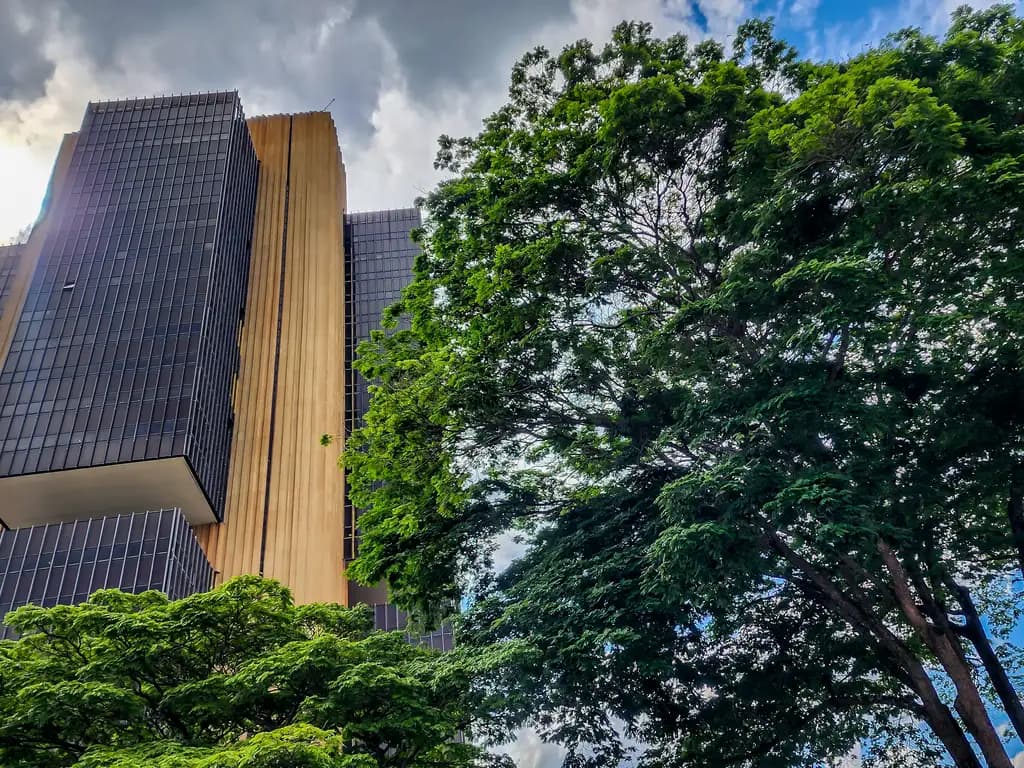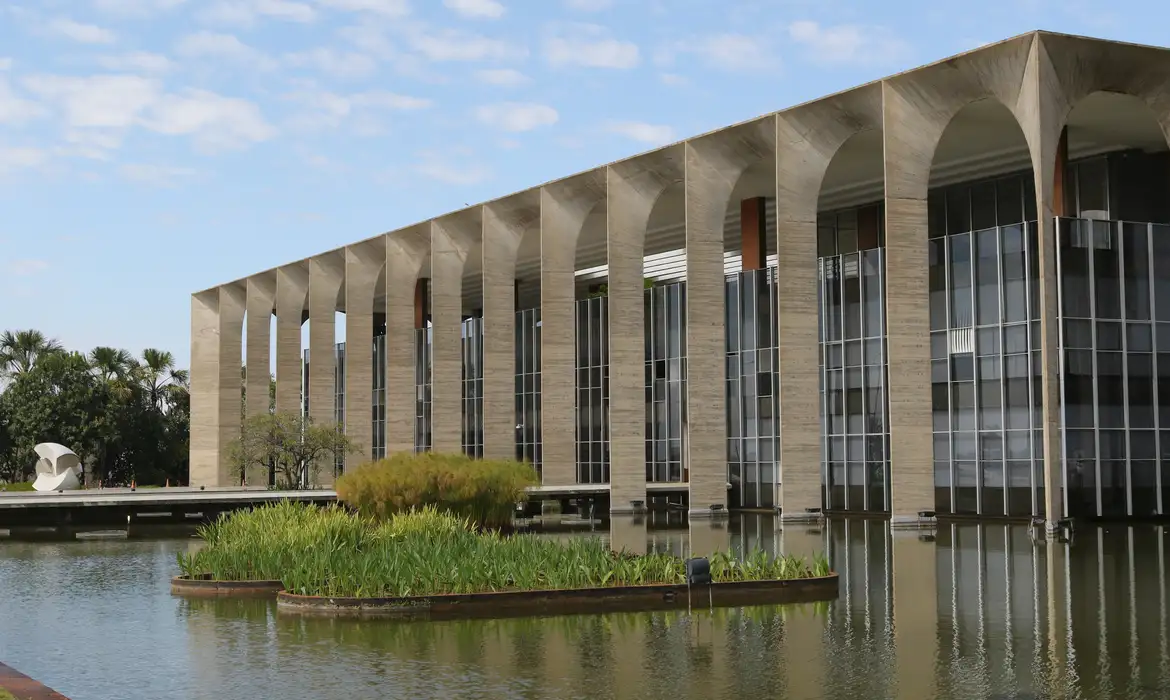 Brazil has not been able to obtain significant resources for its infrastructure in its recent history, which has prevented the progress that the country's wealth would justify.
Brazil has not been able to obtain significant resources for its infrastructure in its recent history, which has prevented the progress that the country's wealth would justify.
As internal resources are insufficient, attracting external capital would be the short-term solution. But this attraction continues at a slow pace, with the explanation lying, at least in part, in recent failures of a country for which, often, foreseen progress ends up not materialized.
However, there is a more specific explanation for the difficulty: uncertainty about the value of the Brazilian currency.
The macroeconomic risk of currency devaluation that drives away foreign capital materializes when the Brazilian currency loses value after risky investment or loans enter the country, in a process that falsifies the risk/return calculation of capital donors. In fact, the invested project may, as a result of the devaluation, be unable to generate sufficient resources to guarantee the expected return on the investment for the investors, and may even put at risk the full return of the principal amount of financing received. Even worse, and more worrying, may be the reduction in resources available for paying dividends and interest, which after all are due earlier, with less time to cover eventualities.
There are, on the other hand, already established mechanisms that offer protection (hedge) to the flow of external resources related to ongoing projects.
The solution may lie in alternative techniques that allow, at least, some level of hedge for financial obligations. At a basic level, exchange rate regulation authorizes the opening of accounts in foreign currency in Brazil by companies that develop projects related to the production and transportation of oil and natural gas, and the generation and transmission of electrical energy. This allows protection against exchange rate devaluation (a) for funds disbursed to be used in the contraction of the project, until this is finished, or (b) from the moment the project generates revenue, which can be immediately converted into foreign currency.
But this mechanism has the defect of not offering protection for future income. The solution to this would be the existence of a project risk sponsor, who moderates the contingency of financiers by offering them direct or indirect compensation in the event of exchange rate devaluation. Alternatively, if you are a consumer of the project's products or services, the sponsor can create the same protective effect by offering to purchase the project's production for a value that corresponds to the amount in foreign currency necessary to honor the financing, plus the profit margin of the company that owns the project. This type of formulation would not be subject to legal norms that prevent the dollarization of the Brazilian economy, as it represents a mere transfer of existing exchange burdens.
However, for high-value projects it may be difficult or impossible to find financiers with the willingness or credit profile to assume the exchange rate risk. Here a solution adapted to the logic of project financing will be needed, in which the financial flow of the activity carried out is used to pay obligations, or to hedge them.
This objective can be achieved by establishing a fund to pool project resources. Such resources can derive directly from the enterprise's revenues, a portion of which would be directed to a reserve account intended to supplement payments of interest and principal on loans, when harmed by devaluation of the local currency.
Alternatively or additionally, the fund's resources may originate from the project's own investors or financers, who would direct a portion of the resources disbursed to capitalize the exchange rate protection structure.
A third option, suitable for projects that direct their production to a limited list of final consumers of goods and services, would be the creation of an additional tariff to capitalize the protective structure.
In any case, the mechanism to be created would work on a bilateral basis. In other words, in the absence of exchange rate devaluation, and therefore there being no demand for its resources, they would be reverted to the providers of the fund's capital, be they financers, investors, consumers or the company responsible for the project itself. If the fund's sponsors are consumers of its production, the return to them may take the form of a reduction in the consideration for the output they consume.
A structure of this type was implemented in the State of São Paulo by the local transport agency (Agência de Transporte do Estado de São Paulo – ARTESP) in order to protect financing of up to US$500 million directed to the Piracibaba-Panorama road concession. In this case, exchange rate protection is obtained through the capitalization of an account maintained by a financial institution. 4% of the project's revenues are directed towards it, which can be used to compensate for the exchange rate devaluation of the Brazilian currency. If, on the contrary, the Brazilian currency increases in value, it is the State government that receives additional payment, instead of the concessionary society.
The funds deposited in the account can be invested in the financial or capital markets, including through the use of mechanisms that provide hedging in foreign currency. And, if greater formality is convenient to attract investors, the protection mechanism can take the form of a managed portfolio or even an investment fund. Both structures are regulated by the Brazilian Securities and Exchange Commission (CVM) in aspects such as organization, administration and prohibition of conflicts of interest.
Imagem: George Morina/Pexels







